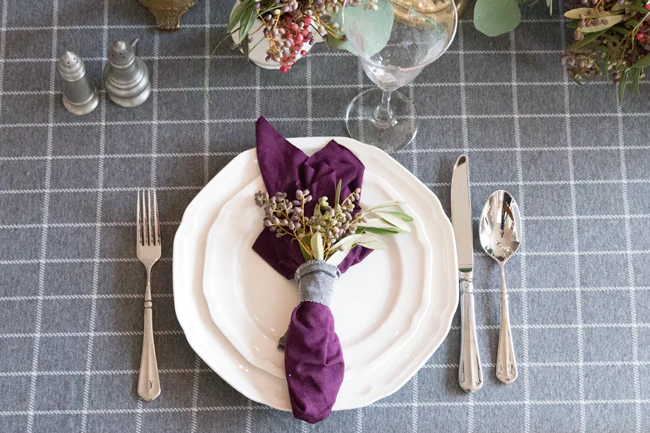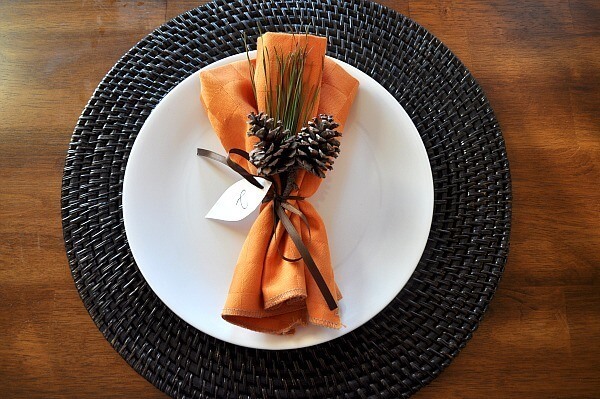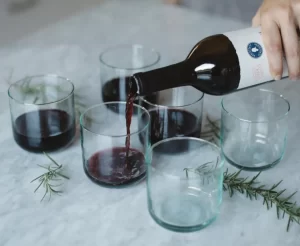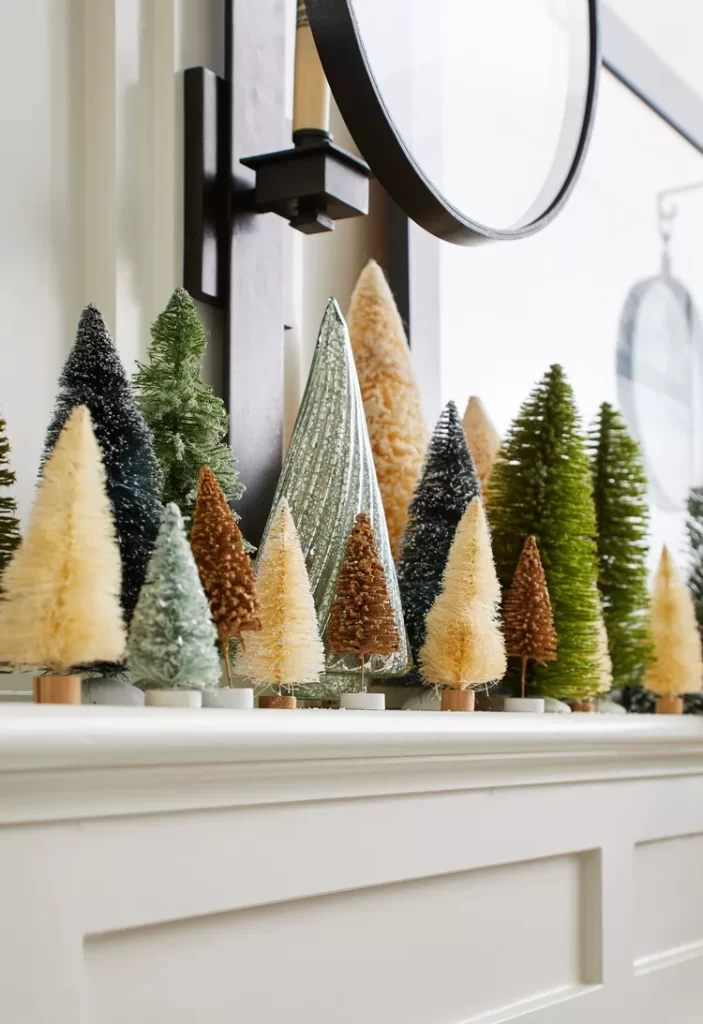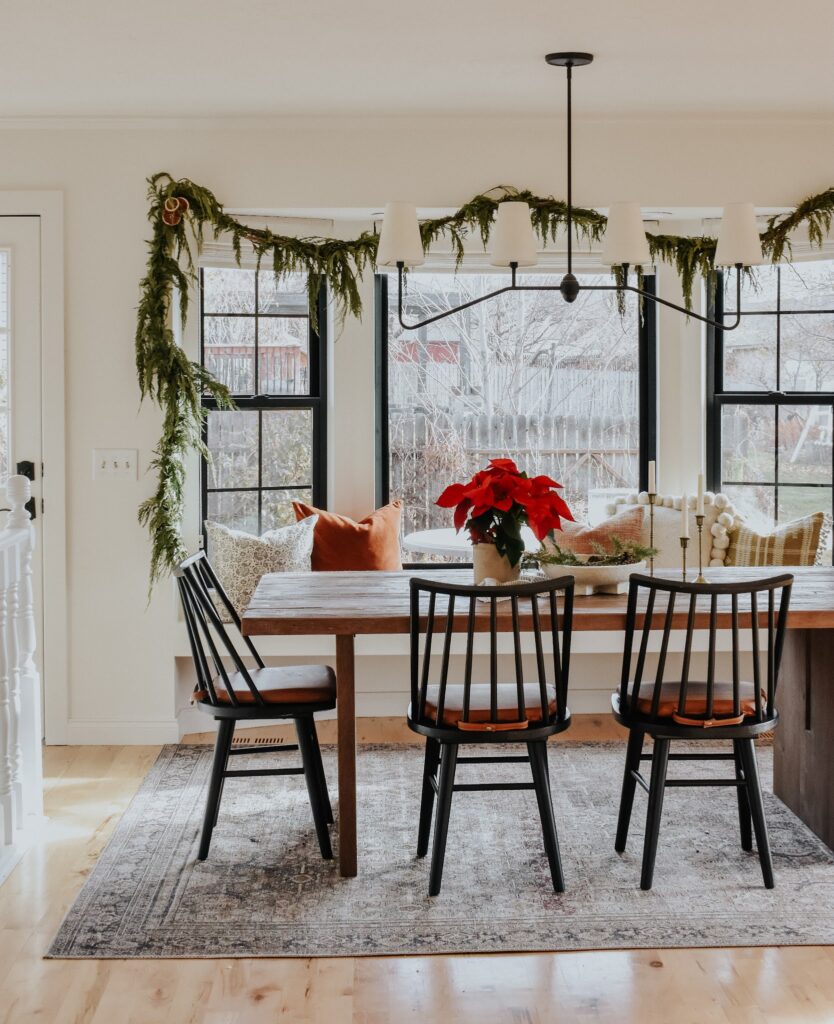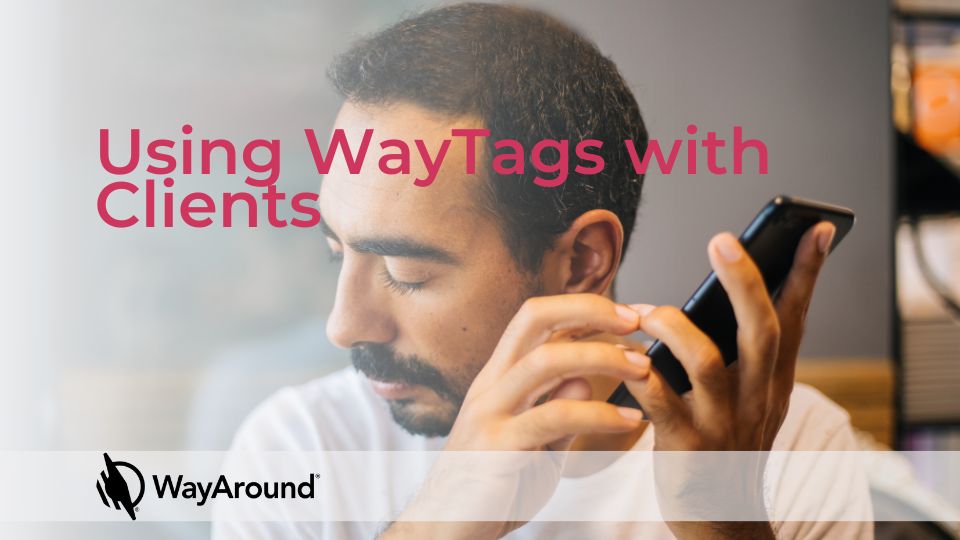How to be a Good Host for a Dinner Guest with Vision Loss
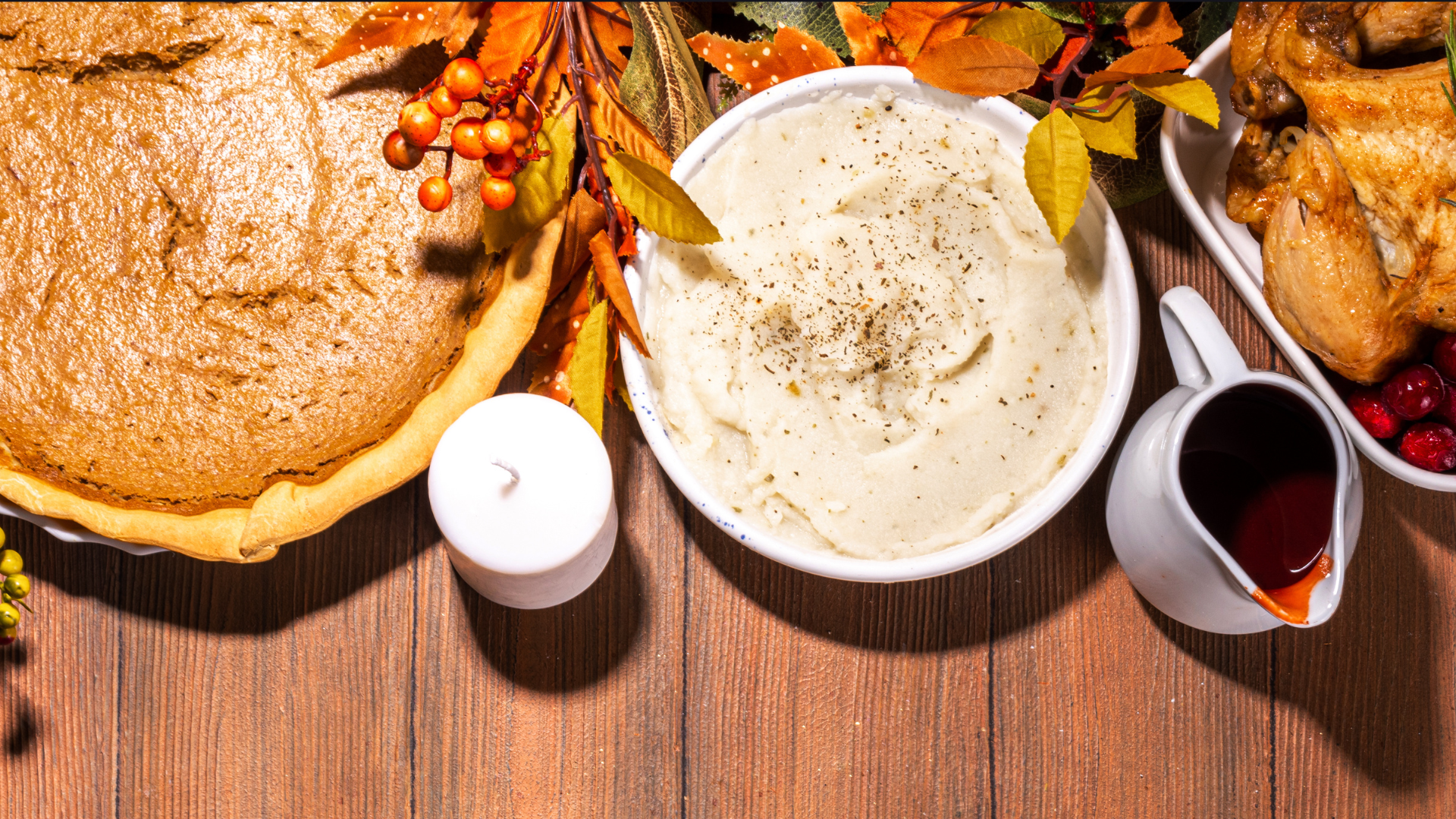
More and more people over age 45 have significant vision loss. That means there’s a good chance someone at your holiday gathering may have deteriorating eyesight that can’t be improved by wearing glasses.
It can be difficult to know what someone can see and where that person may struggle in a new location. If you’re hosting someone with vision loss, there are easy and subtle things you can do to provide a low-vision-friendly holiday gathering. As a host, don’t put extra focus on the person with vision loss. Keep all table settings uniform, so that the person with vision loss is not singled out.
Here are five easy tips for being a good host when you have a guest with vision loss.
1. Use high-contrast table settings.
Contrast is one of the most important ways you can make dining easier for people with low vision. While a monochromatic tablescape may be Pinterest-worthy, it doesn’t do any favors for guests with vision loss.
Instead, go for high contrast. Are your plates white? Use a dark-colored tablecloth or placemats. Or use a charger between the plate and tablecloth.
Use a contrasting napkin to make it easy to distinguish. It doesn’t have to be black and white. Any combination of light and dark shades can work: burgundy and cream or forest green and sky blue. Get creative with seasonal colors that are low-vision-friendly.
2. Steer clear of tall glasses.
Tall glasses like highballs and stemmed wine glasses can be easily knocked over. Go for accessible chic options like stemless wine glasses or double old-fashioned glasses. Your guests with vision loss will appreciate a less accident-prone option.
Before you set out multiple glasses for different beverages – water and wine glasses, for example – try paring down. More glasses mean more opportunities for a spill, so your guest may prefer to have only one beverage at a time.
3. Keep decorations and other hazards off frequently used surfaces
We’re heading into the most wonderful time of the year, and decorations help make the magic! They can also make it easier for someone with limited peripheral vision to knock something over or hurt themselves. Before your guests arrive, move decorations off frequently used surfaces like the coffee table. You can always move the decorations back later. If the decoration can’t be easily moved, let your guest know what it is and where it is located so that they know to be on the lookout.
4. Push in the chairs.
Chair legs are a common tripping hazard, because they can stick out and at the holidays there are a lot of them! Remind everyone, especially kids, to push in their chairs when they are not sitting at the table. At holidays, people often get up and then go back to the table to join in a conversation or to have a second course. Make frequent visual checks to be sure unoccupied chairs are pushed in.
If your guest has very limited vision, you could use the Hand-on-Chair Guiding Technique to help them gracefully find their seat. Debra at The Blind Kitchen recommends this technique at restaurants. She also cautions that you should communicate in advance about using this technique so that everyone is on the same page.
5. Ask if your guest needs assistance–and accept their answer.
If you think of something that may be helpful to your guest, ask them! Part of being a good host is to be sure your guests are comfortable. Just be sure to accept whatever answer your guests give. If your guest says they’ve got it on their own, don’t try to step in, even if you think your help would make it easier for them.
There you have it—5 tips for hosting a holiday dinner for guests with vision loss.
If you have vision loss and you are hosting this holiday season, visit our friends at The Blind Kitchen for great tips on cooking and hosting. The Blind Kitchen offers adaptive tools, helpful strategies, and specialized knowledge to blind and vision-impaired people who want to cook safely, confidently, and independently.
Subscribe today for more WayAround tips and tricks!
Want to get tips, tricks, and news from WayAround delivered directly to your inbox? Subscribe today to get the latest! We will never spam you, and you can unsubscribe at any time.

